World's Biggest Welcome in Croatia: Day 49 - Ston to Ploče (Kayak, Paddle, Bike, Row)
May 10, 2019 - Putting Croatian adventure tourism on the map, with the biggest welcome in the world. Day 49 of this incredible 2011 adrenaline trip covering 2,500 km along the Croatian coast.
The World's Biggest Welcome, an ambitious adventure tourism project in 2011 in Croatia enters Day 49 of this 2019 appreciation of one of the finest tourism promotion projects ever in Croatia.
The plan? To showcase the diversity and fabulous offer of adventure tourism in Croatia by following a GPS route the length of the Croatian coast in the shape of the word 'Welcome' - thereby creating the biggest welcome in the world from a hospitable tourism country.

Day 49 moved from Ston to Ploče.
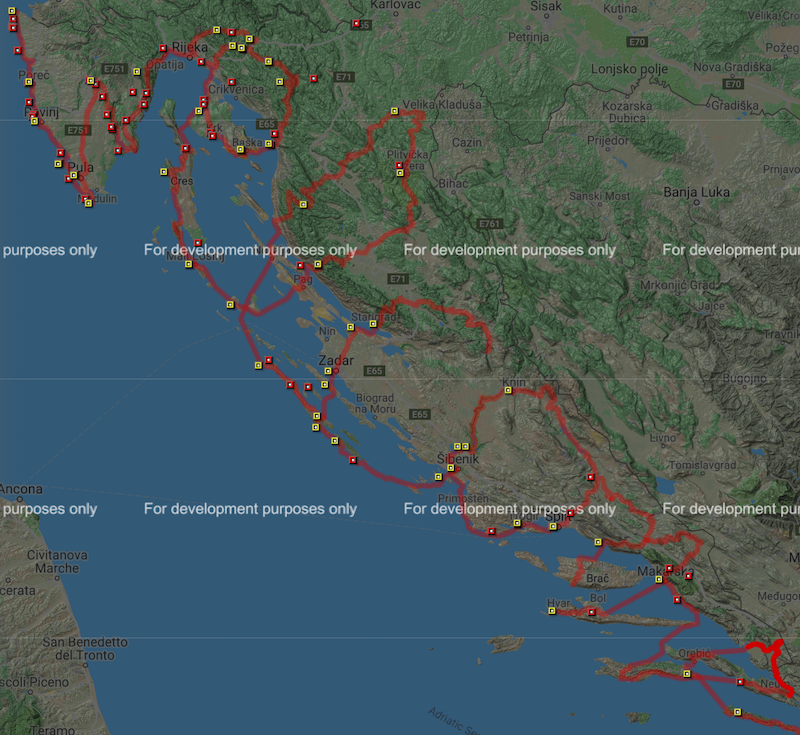
61 kilometres for the day: 3 km by kayak and paddling from Ston to Neum, followed by 33 km bike ride from Neum to Metković, and 25 km from Metković to the Neretva firth rowing in an old Neretva style boat to continue forming the ‘E’ in ‘Welcome’.
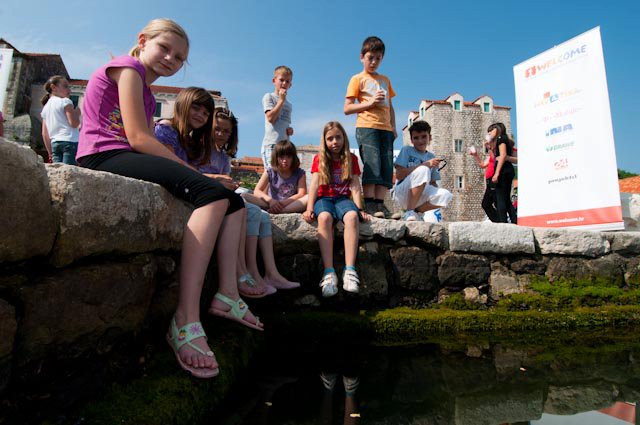

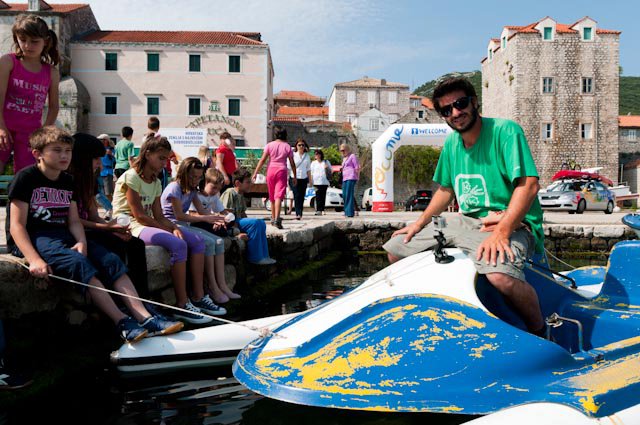
Day 49 kicked off with a send-off from the kids of Mali Ston.
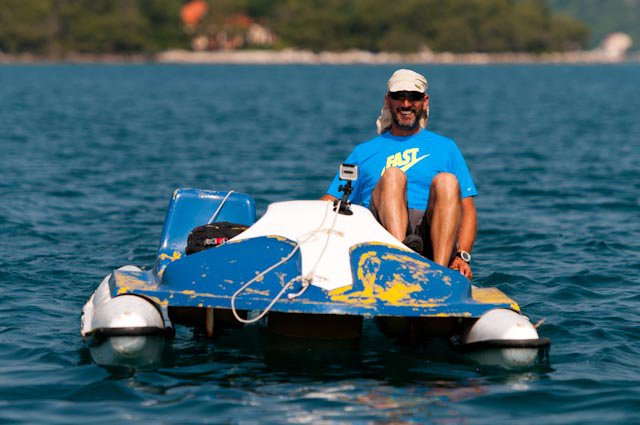
Lacko trying out his new vessel.
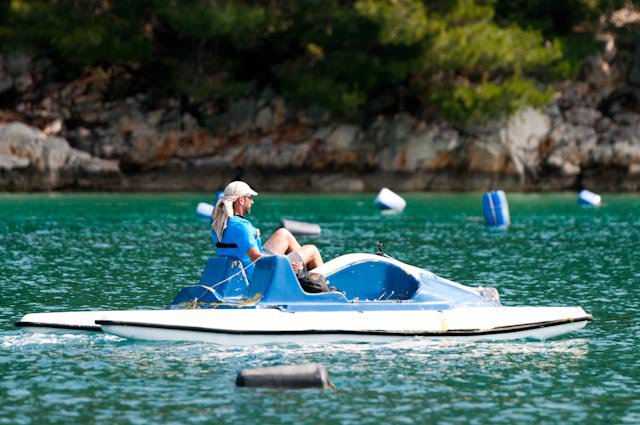
Lacko giving tribute to Czech adventurers who often choose paddle boats as their transport on the Adriatic.

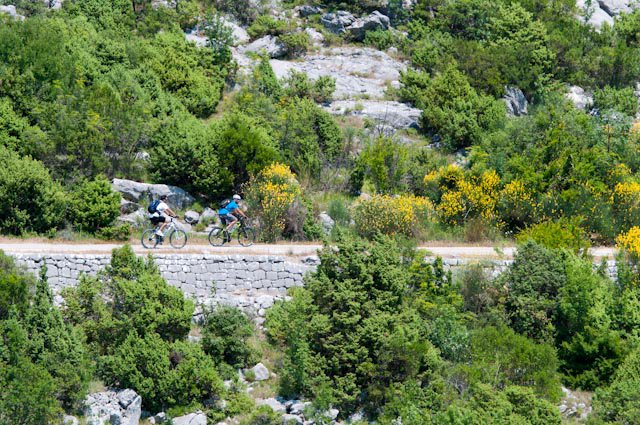
They traded in their paddleboats for bikes and set off towards Bijeli Vir.

Passing Lake Kuti along the way.
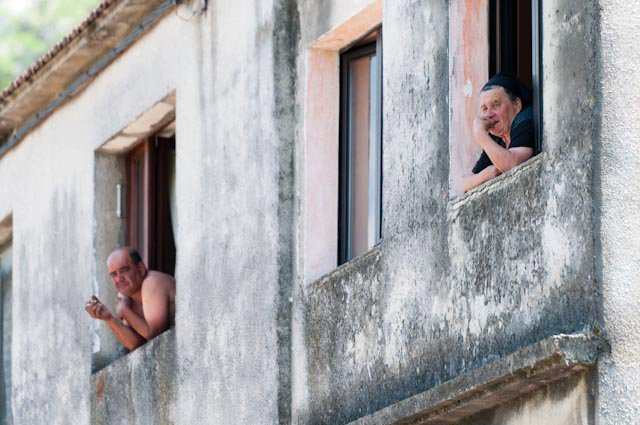
Locals in Bijeli Vir admiring their traveling circus.
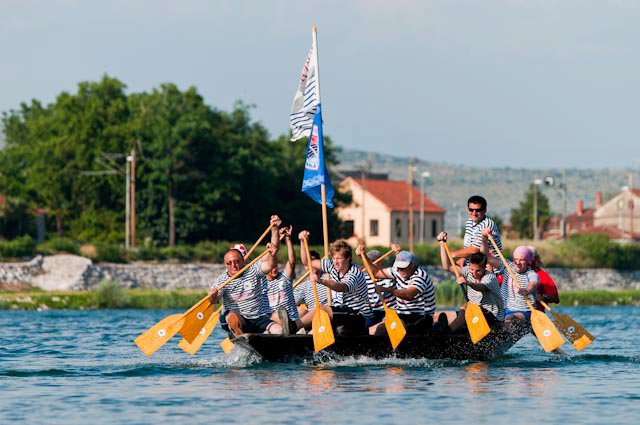
Lacko made it to Metković and rowed with the team from Krvavac 2 in an original ship from Neretva.

Passing by the Kula Norinska tower.
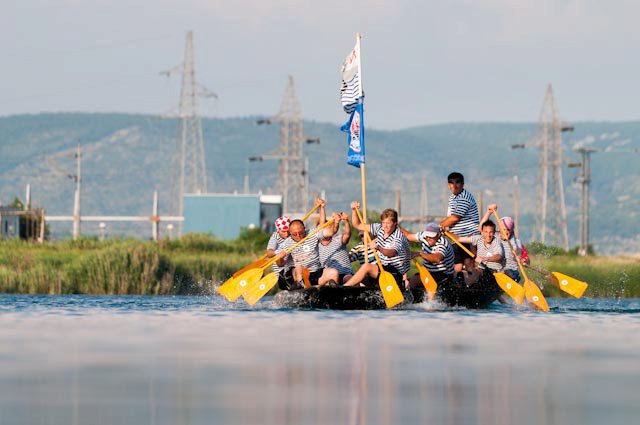
Krvavac 2 arriving in Opuzen where Kominski pirates gave Lacko a proper welcome.
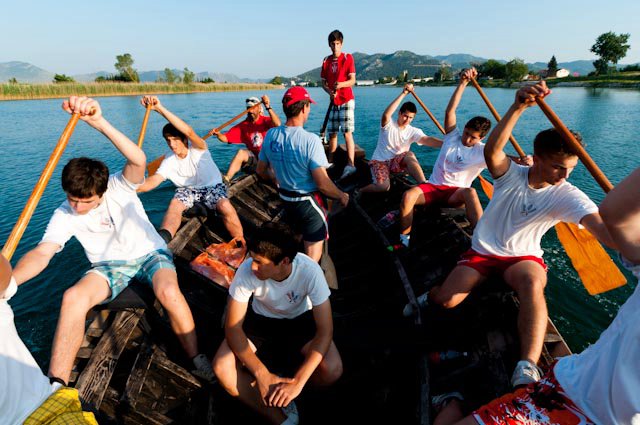
The Kominski gusari pirate ship.

They even let Lacko steer for a bit!
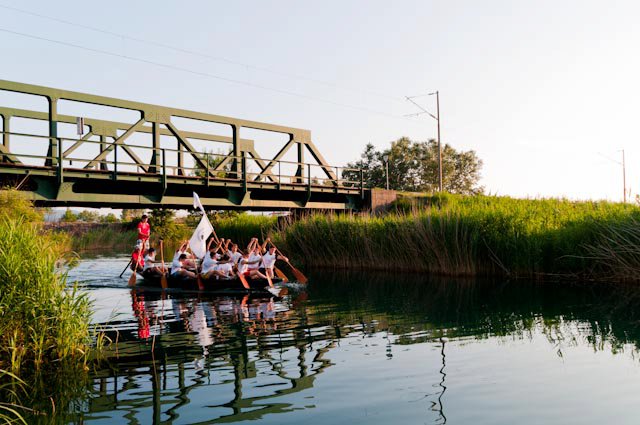
Kominski gusari pirates in Crna rijeka.
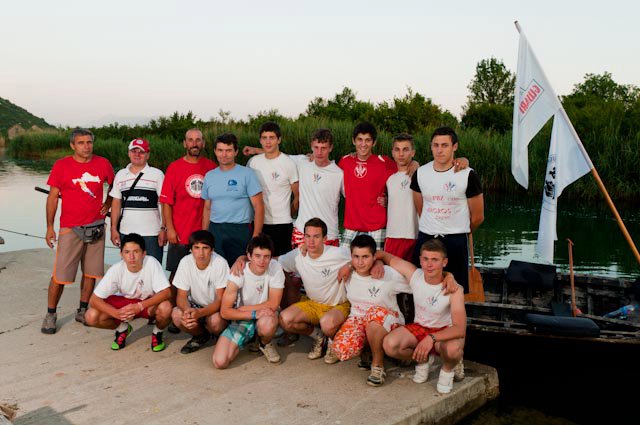
The day ended with a group photo.
A key part of the project was promoting tourism, and the official website has details of the key places visited during the day.
You can see the entire project on the Welcome website, as well as much more of Luka Tambaca's stunning photography on the Welcome Facebook page.
Tune in tomorrow for Day 50, as Lacko and the team move from the Neretva to Korčula.
To follow the whole project from the start, follow the dedicated TCN page.
World's Biggest Welcome in Croatia: Day 48 - Lumbarda to Ston (Kayak, Bike, Foot)
May 9, 2019 - Putting Croatian adventure tourism on the map, with the biggest welcome in the world. Day 48 of this incredible 2011 adrenaline trip covering 2,500 km along the Croatian coast.
The World's Biggest Welcome, an ambitious adventure tourism project in 2011 in Croatia enters Day 48 of this 2019 appreciation of one of the finest tourism promotion projects ever in Croatia.
The plan? To showcase the diversity and fabulous offer of adventure tourism in Croatia by following a GPS route the length of the Croatian coast in the shape of the word 'Welcome' - thereby creating the biggest welcome in the world from a hospitable tourism country.
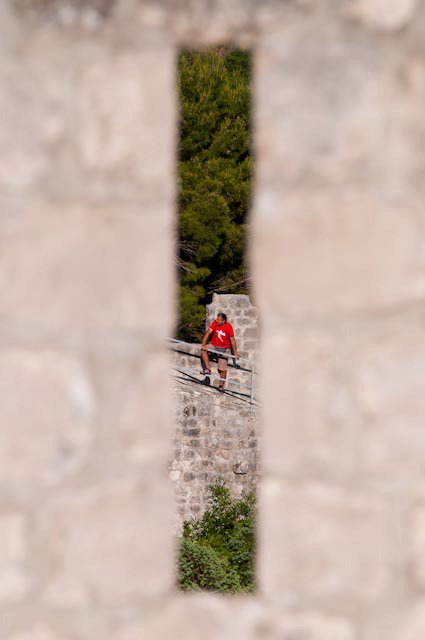
Day 48 moved from Lumbarda to Ston.
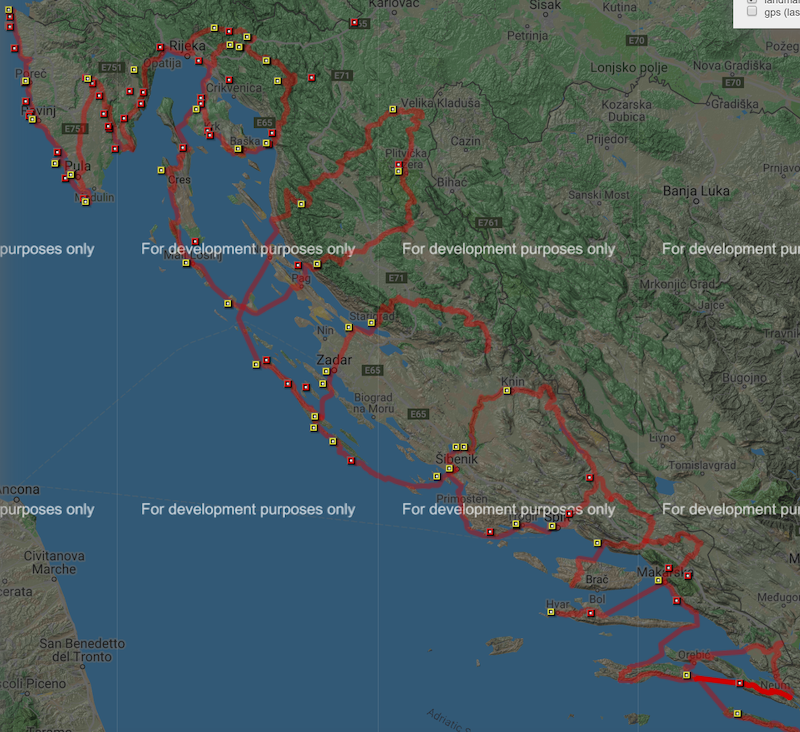
49 kilometres for the day: 21 km kayak ride from Lumbarda to Žuljana, followed by 26 km bike ride from Žuljana to Ston and 2 km walking the Ston walls to begin forming the ‘E’ in ‘Welcome’.
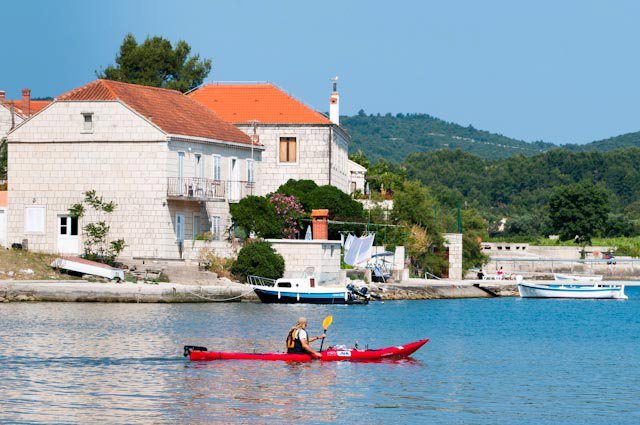
Lacko begins Day 48 and the start of the letter 'E' from Lumbarda.

Lacko rowing towards Pelješac.

Saying goodbye to Korčula.
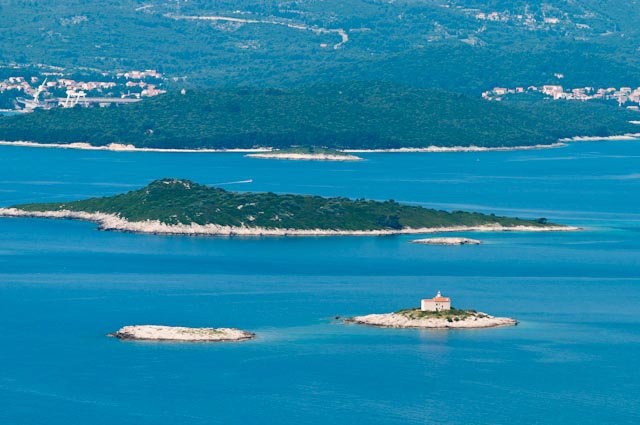
And the islands that sit in front of it.

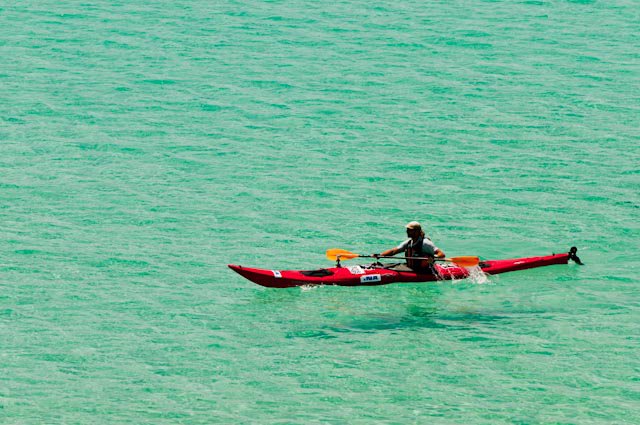
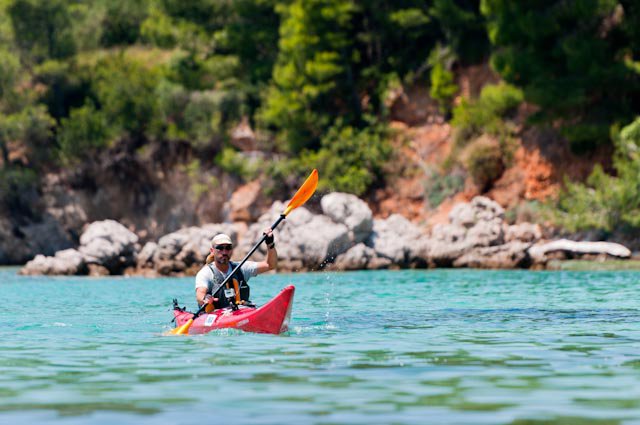
Lacko arrived at Žuljana on Pelješac.

"Old friends meet again."
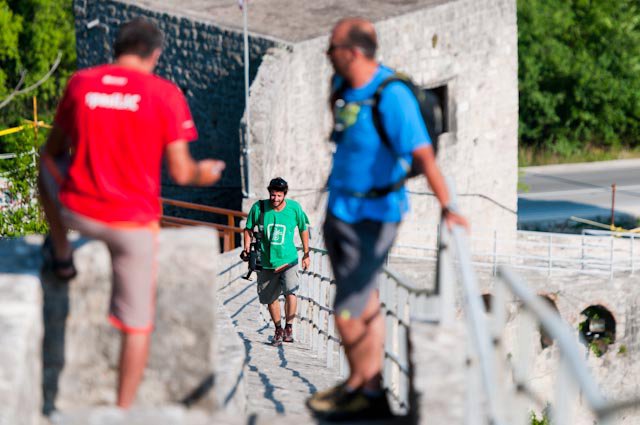
The group then made their way to Ston for a walk around the walls of Ston, the second longest defense walls in the world (after the Great Wall in China).

They might look familiar to you.

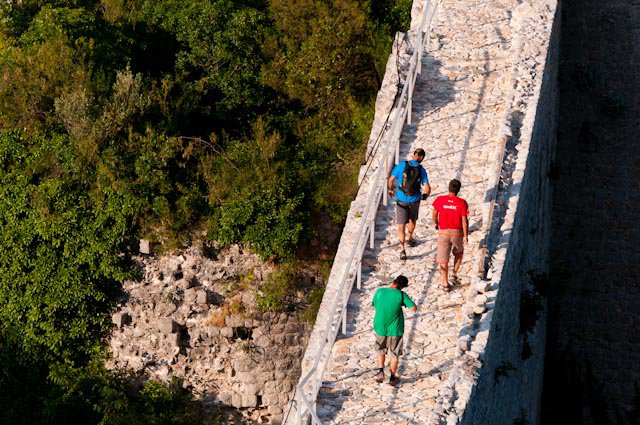
The team taking on the walls.
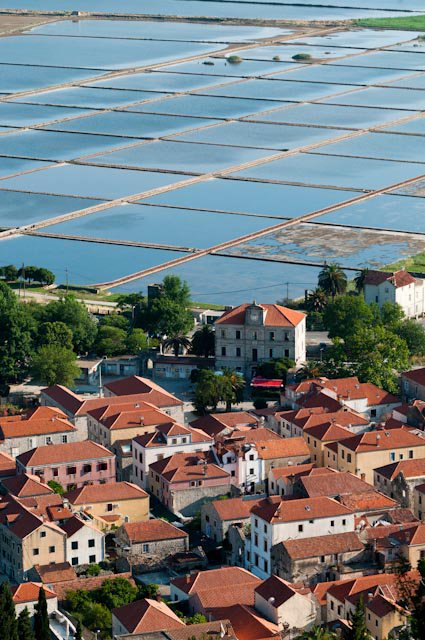
The view of Ston and the salt pans.
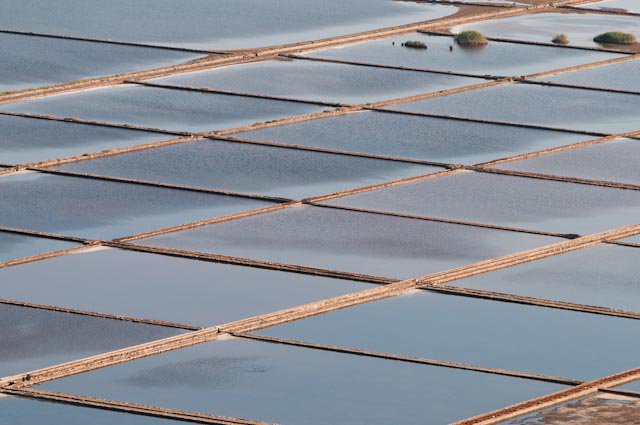
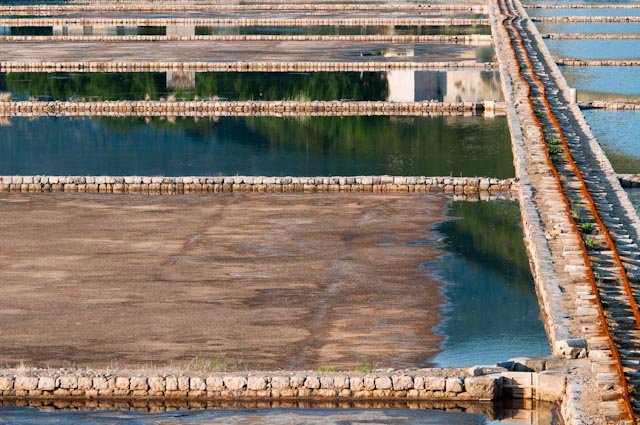
The salt pans were actually the reason the walls had to be built.
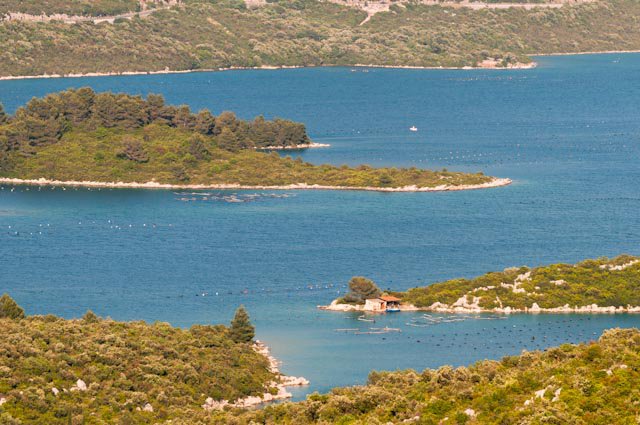
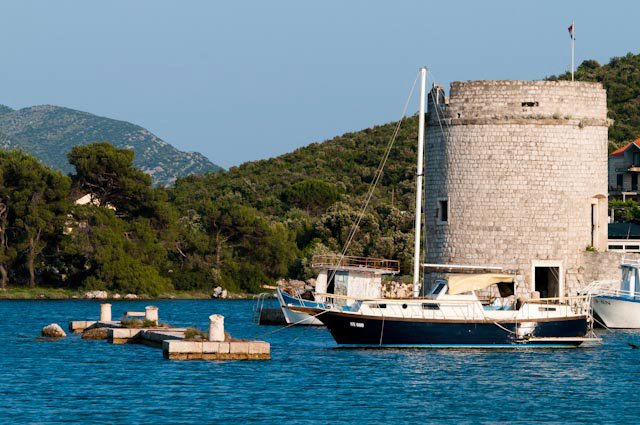
The Mali Ston bay and the most famous mussel farm in Croatia.
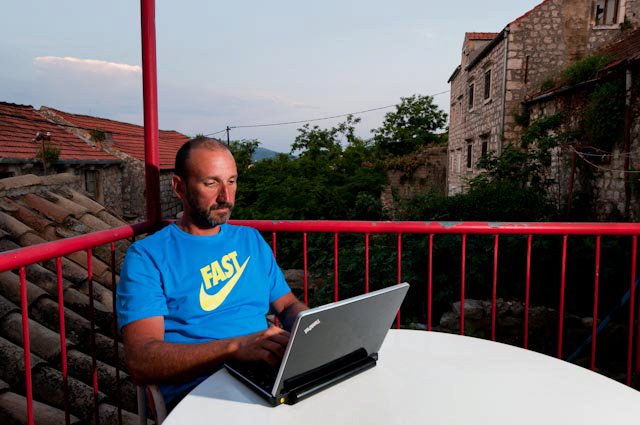
And the day ended with Lacko blog writing.
A key part of the project was promoting tourism, and the official website has details of the key places visited during the day.
You can see the entire project on the Welcome website, as well as much more of Luka Tambaca's stunning photography on the Welcome Facebook page.
Tune in tomorrow for Day 49, as Lacko moves from Ston to Ploče.
To follow the whole project from the start, follow the dedicated TCN page.
Are Mali Ston's Precious Oysters Now Norovirus Free?
We reported recently on the truly tragic situation that Ston's precious oysters had found themselves stuck in. In short, this famed gem of southern Dalmatian cuisine had fallen victim to Norovirus after septic tanks weren't being cleaned out properly, and the traditional Days of Mali Ston Oysters, which was due to be held on the 16th of this month, had to be cancelled for health and safety reasons.
While the news was indeed as sad as it was alarming, has a solution to Mali Ston's Norovirus problem been found?
As Morski writes on the 11th of March, 2019, there appears to no longer be any detected presence of the potentially deadly Norovirus in Mali Ston. This was confirmed to Dubrovacki list by dr. Sc. Eddy Listeš from the Veterinary Institute of Split.
The last tests on the matter were carried out last Friday, but unfortunately the paperwork confirming the absence of Norovirus from the area and its beloved oysters has not yet reached those to whom such a document of confirmation is of vital importance.
To briefly recall, back at the very beginning of March, discovered via the regular sampling of the seawater and shellfish (oyster) quality, the presence of Norovirus was established.
Norovirus, otherwise of human origin, is the cause of infections of the digestive system. Norovirus wreaks havoc in the human digestive system, causing violent diarrhoea, vomiting, the inability to hold any food or liquid down, often resulting in dehydration and the need for emergency hospital treatment, and sometimes even in death. It is transmitted from person to person, via the fecal-oral route, typically through food contaminated by the fecal matter of infected persons and contact with surfaces contaminated with Norovirus. Norovirus is highly contagious and its symptoms, which as described above are often severe, tend to manifest quickly.
Having the potentially massive health issues that could be caused by the consumption of Mali Ston oysters which have come into contact with Norovirus in mind, a decision was made by the organiser of the traditional Day of Mali Ston Oysters to cancel the beloved event, writes Dubrovacki list.
Vlado Onofri, a respected senior scientific advisor at the University of Dubrovnik said that septic tanks, which in themselves would not be problematic were the situaton involving just several family houses, were the cause of the Norovirus issue. The situation that has arisen in the Dubrovnik area as a whole is that there are now a lot of apartments and far too many people, without anyone properly dealing with the septic tanks and the dangerous bacteria and viruses that gather there.
"Septic tanks can't withstand that pressure and it (everything that builds up in them) has to come out somwhere. That's it. We've sh*t on ourselves,'' stated Onofri.
Make sure to follow our dedicated lifestyle page for more. If it's just Dubrovnik and southern Dalmatia you're interested in, give Total Dubrovnik a follow.
Has Croatia Ruined its Oysters? According to an Expert, Apparently...
Have Croats managed to destroy their beloved Ston oysters with feces? Maybe. It sounds like another negative and inflammatory headline about how nobody can do anything right, but according to one respected expert, this might really be the case.
Norovirus is a potentially dangerous virus of the Caliciviridae family which causes 19 to 21 million illnesses, 56,000 to 71,000 hospitalisations and as many as 570 to 800 deaths per year according to the Centres for Disease Control and Prevention. Often called stomach flu, Norovirus is highly contagious, and is known to mercilessly tear through populations of people in concentrated areas, cruise ships are a particular favourite playground for the virus.
Symptoms, which include chronic vomiting and diarrhoea can become very severe very quickly, rendering a person unable to hold anything down, eventually leading to extreme weakness, sudden weight loss, dehydration, and the need for emergency treatment. Now we've covered the basics of this microscopic devil, how has the presence of Norovirus managed to infiltrate Ston's long oyster-based traditions? Perhaps more importantly, just how have the Croats succeeded in allowing such danger to seriously threaten Ston's most prized gastronomic offer?
As Index writes on the 5th of March, 2019, Vlado Onofri, a scientific advisor at the University of Dubrovnik spoke to Libero portal and explained that the Croats have indeed managed to destroy southern Dalmatia's internationally adored gourmet delicacy. He said that the cause was the unsolved issue of the area's sewage network, more specifically septic tanks that are full, and not being emptied. Such conditions lead to the presence of potentially dangerous viruses and bacteria, including the potentially fatal Norovirus.
Because of the presence of Norovirus on three of the five control points on which Ston's beloved oysters are grown, the Day of Mali Ston Oysters, which was supposed to take place on March the 16th, has now been cancelled for health and safety reasons.
"I'm sorry for the hospitality and catering facilities and for oyster lovers, I know they'll lose out on a lot because of this, but some things need to be said in order to start sorting things out," said Vlado Onofri rather bluntly, who claims that when it comes to Croatia's very unfortunate oyster situation, there's nobody to blame but the Croats themselves.
"There will certainly be a reaction after all of this, but come on, have someone show me that they've paid for the emptying of the septic tanks! Nobody will show you that! Except the Koruna restaurant, which I know keep their oysters in pools and they're absolutely fine for consumption. That's the only example [of that] in Ston.
The entire area hasn't had its sewage situation solved adequately, and it was the obligation of the state to resolve it at the beginning of the eighties when the sewage [system] was being done. Mali Ston and Veliki Ston were meant to be connected to the entire sewage system, this wasn't done and now after so many years, it's time to pay! You know how it goes with septic tanks, when there were small households, there were small quantities, but now there's a lot more, it's all too full up, and nobody is emptying them!" Onofri said.
This isn't the first time a virus has appeared in these oysters.
"Three years ago, there was a problem. People got food poisoning, started having diarrhoea, vomiting... that's Norovirus, viruses aren't harmless things, that virus can live for hundreds of years in sludge, when it comes across live tissue, it becomes virulent again (a pathogen's ability to infect its live host) because it crystallises its capsomer (a covering of protein that protects the genetic material of a virus). I'm good with virology and I know what I'm talking about because I did a Master of Science in the 1980s, and later a doctorate in Ston,'' Onofri explained, backing up his claims.
"We're dependant on the whims of humans and nature"
He also provided a response to the question of how long this dire situation might last:
"The oysters can quickly get rid of the virus if they're in clean water, meaning that we need purification pools that we don't have. There was an idea to make them in Bistrina, and I personally brought plans from France to show what this should look like. There were ideas thrown around about doing that, but it hasn't been done. This is an absolute necessity, for when such things do happen, to end up with a sanitised and proper product. Now we're depending on the whims of humans and nature when it comes to how our products end up! The pools weren't made because of a protected reserve where nothing at all can be constructed,'' stated Onofri.
Make sure to stay up to date by following our dedicated lifestyle page.
Pelješac Bridge Brings New Tourism Boom: Komarna Comes to Life with Chinese Workers
The little seaside town of Komarna was thus far known as the popular weekend getaway of longtime politician Luka Bebić, and at the time of Yugoslavia, it was known as a resort town of Bosnian Herzegovinian strongmen and intellectuals. Today, however, the town has become the liveliest construction site in Croatia, as the biggest bridge in the country is constructed over the next three years, reports Slobodna Dalmacija on January 28, 2019.
The town of Komarna was built in the seventies as a weekend resort. It has a little more than 170 registered residents today, about 50 in the winter, and in the summer up to two thousand with tourists.
The town, however, is no stranger to the megaproject that is underway, which is worth 420 million euro, 85% of which is financed by the EU - the Pelješac Bridge. The renowned Chinese construction giant China Road and Bridge Corporation was commissioned for the project.
Not only will this bridge pass through the Bay of Mali Ston, with one stop in Komarna and the other in Brijesta on Pelješac, but it will also connect Croatia after 303 years, the time that has passed since the Dubrovnik Republic handed over the territory of Neum to the Turkish Empire in 1718.
The bridge will be 2.4 kilometers long and 55 meters tall, and it will carry four traffic lanes. The EU is also financing the supporting infrastructure needed, including access roads, tunnels, additional bridges and viaducts, and an 8-kilometer bypass at Ston.
Works have begun, construction sites on both sides of the bay are up, and foundations are being laid about one hundred meters below the sea surface. On the Komarna side, Chinese and Croatian engineers will be located in apartments, while on the Pelješac side, a container settlement will be erected for seven hundred Chinese workers. The area will transform into an actual city by the sea.
“We see them, they come through here, they were initially quiet, but now they send greetings. The main director knows how to say 'good day and goodbye’, and we, I’m afraid, are not even close to learning Chinese. And you know that there will be 700 Chinese cheering for Hajduk and singing 'Marjane, Marjane’,” said Mile Brljević (64) from Komarna, predicting that by the summer of 2021, when the works on the bridge will be completed, Komarna will be known as Zagreb, always on television and in newspapers.
“The engineers and workers who are directly involved in the project are located in Komarna, and from Opuzen to Ploče, we are renting rooms to Croatian and European controllers, observers, all those who have a job in supervision, so our restaurants and apartments will be full all winter and summer. It’s all great. There are engineers from Sarajevo, Belgrade, Zagreb, Split, and we are all together in the same place. The Chinese see the job and are interested in nothing else, and our Neretva firms have done the preparatory work, like setting up fences, asphalt, panels, so there was a job for everyone,” says Mile.
Ivo Jerković Bili is a 24-year-old who canceled all the announced tourists until 2021 and leased about 70 beds to engineers, translators, and logistics. The Chinese chefs even cook by him, as part of the office is located there.
“The first came in July, two bosses and engineers, and then there were more and more… At present, there are about fifty Chinese and about the same amount of Croatian engineers. You can’t miss the seriousness the Chinese have for this job; they are looking for references, all paperwork and experience, they are not interested in anything done 'by a connection'. The chief director was here, very young, born in 1986 I think. Every boss has his boss, and statements and photographs or entry into the construction area are strictly forbidden without permission from the top. There is no chatting or breaks, and there is no chance that even a penny is missed on the account.
Most of the workers will come in April and sleep in the container village. I think that the people we rented to for the summer and had to cancel will not be upset, but God, there is really a lot of work,” explains Ivo, who will open a restaurant this summer - a Chinese restaurant.
“The main Chinese chef is a professional, the food he prepares is excellent, and I noticed that they use ginger in everything. If possible, I will ask him for help in opening the Chinese restaurant. And you know what was the strangest to me; this summer, apart from the thousands of guests we have from all over Europe, was the first time we had Chinese tourists. If this is a random coincidence, who knows. But, we will have a lively and cheerful atmosphere over these three years,” says Ivo Jerković.
To read more about the Pelješac Bridge, follow TCN’s dedicated page.
''Secrets of Ston's Underworld'' Speleological Research Begins on Pelješac
What secrets does the Municipality of Ston hide underground?
Korkyra Baroque Festival Concludes Tonight at Magnificent Ston Fortress
More than 2 weeks of high-quality international music comes to an end in magnificent settings on Septmeber 17, 2018, as the 7th Korkyra Baroque Festival moves to Fortress Veliki Kastio in Ston.
EU Protection for Oysters from Mali Ston?
Could Mali Ston's most famed produce soon acquire special protection at the European level?
If It Weren't for You... Canadian Couple in Love with Winter in Croatia (VIDEO)
Foreigners who fall in love with Croatia - it is not such an unusual thing. But some present their love with more style than others.


